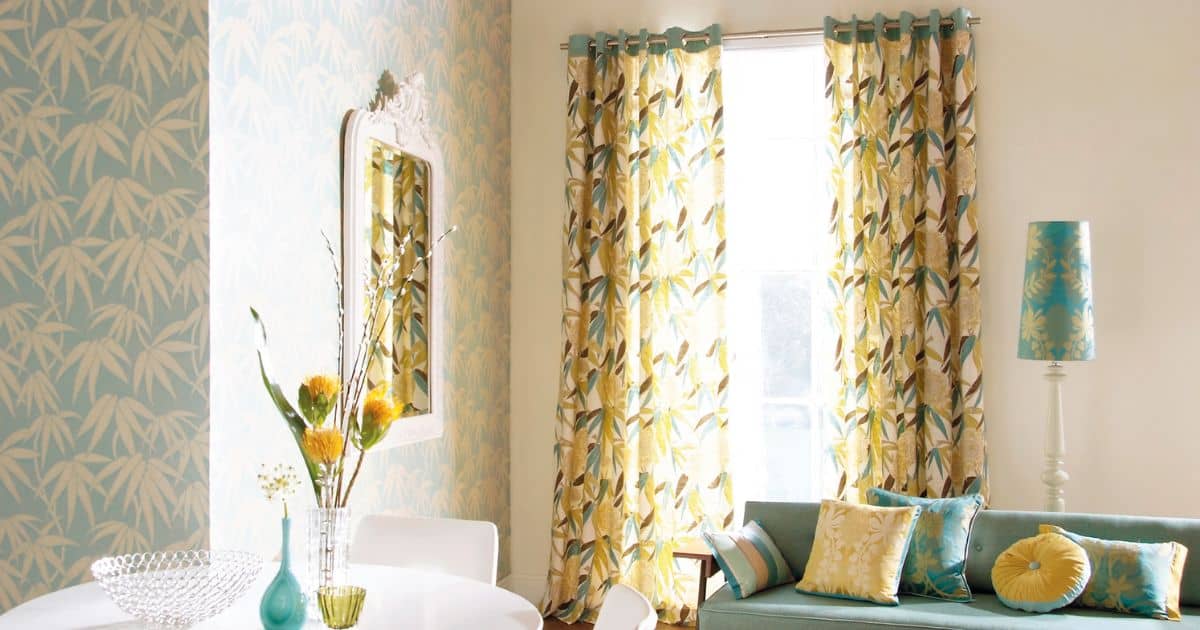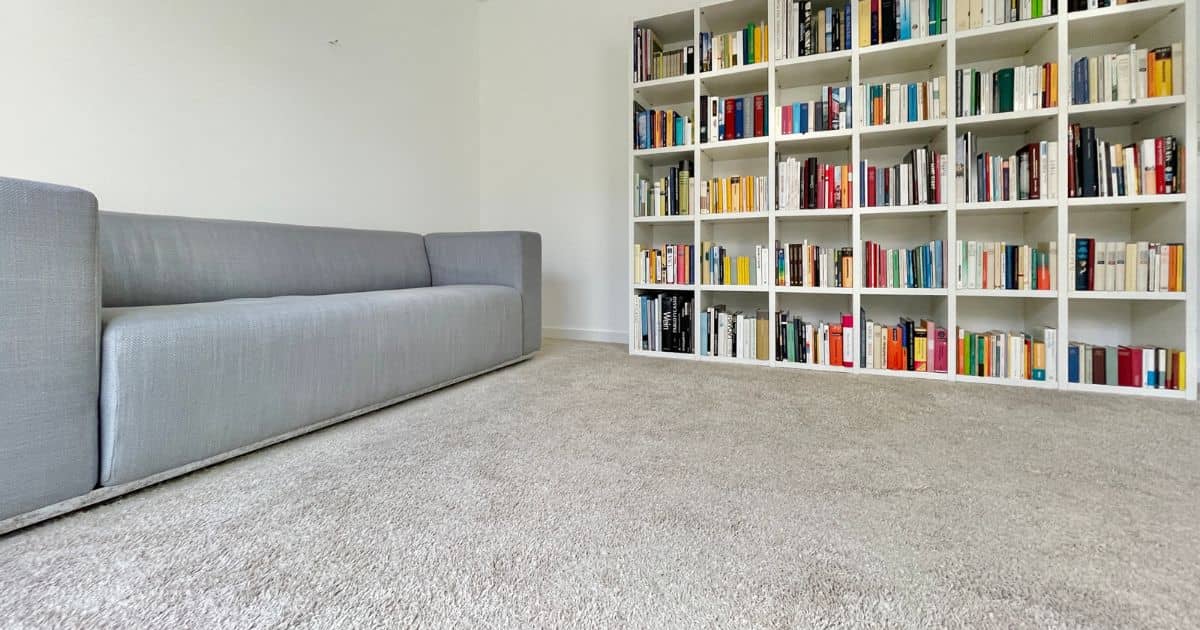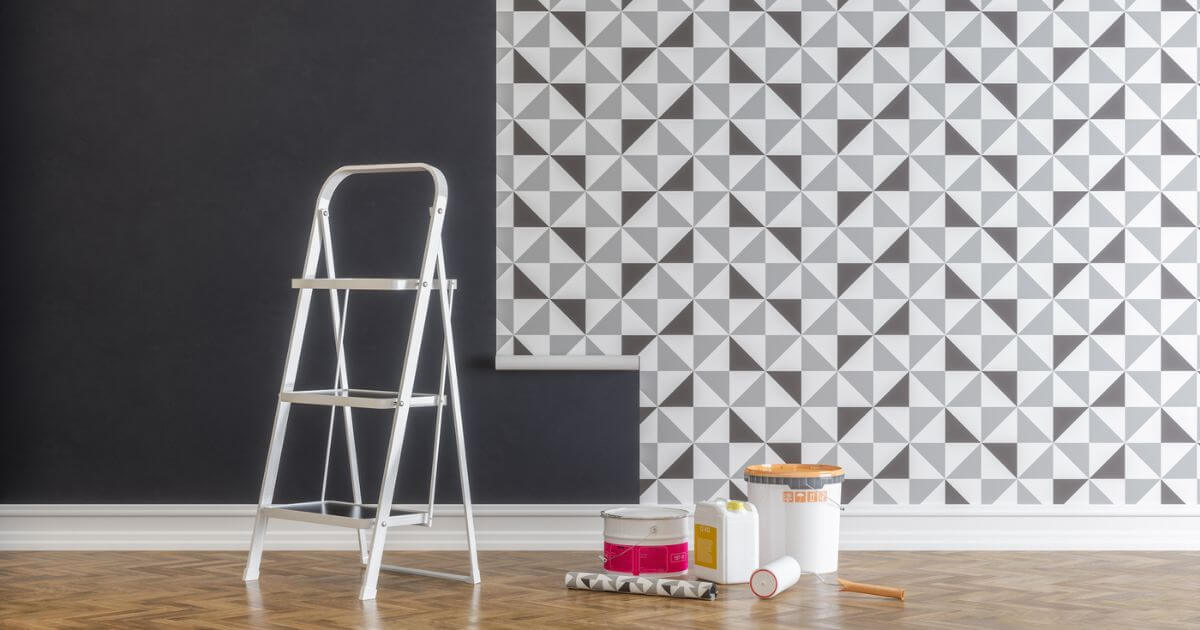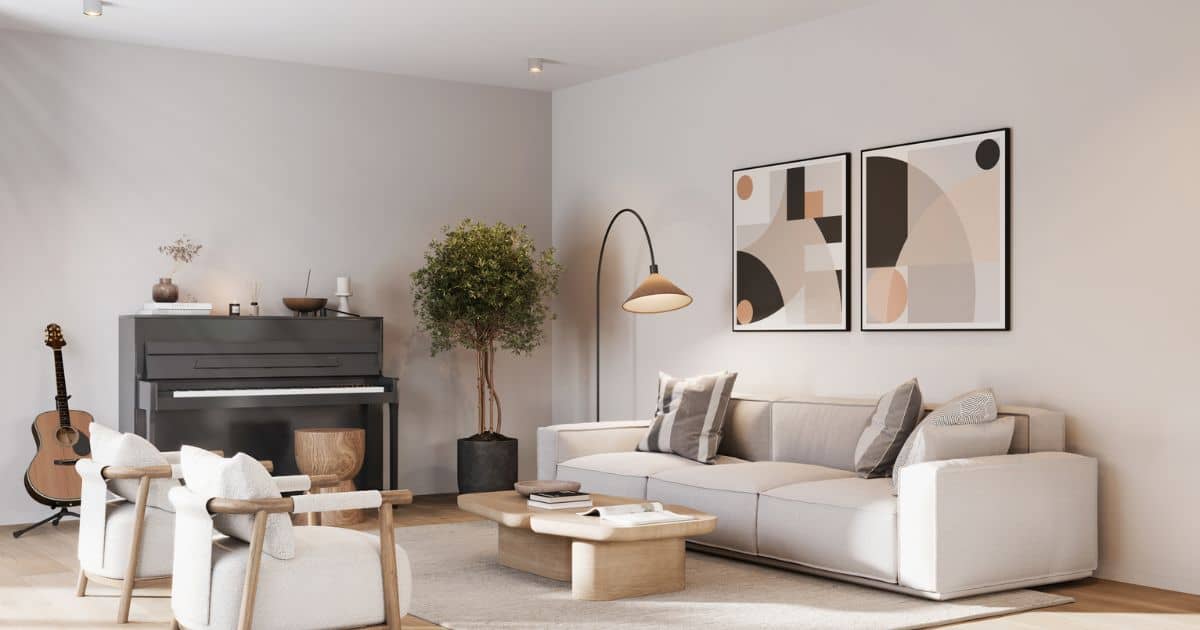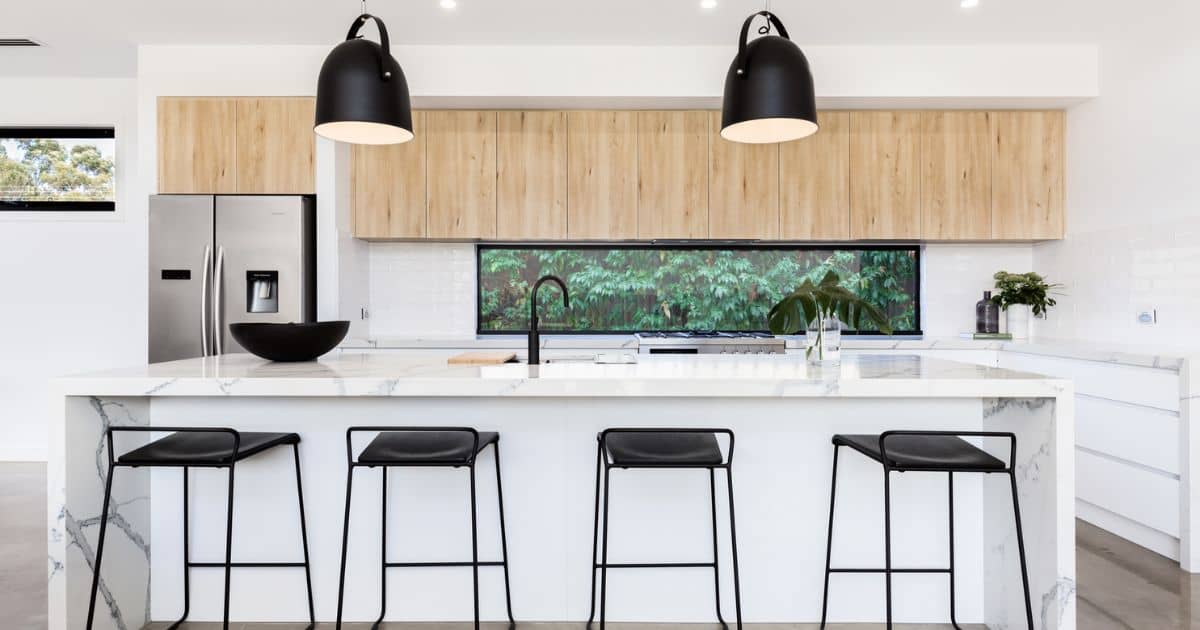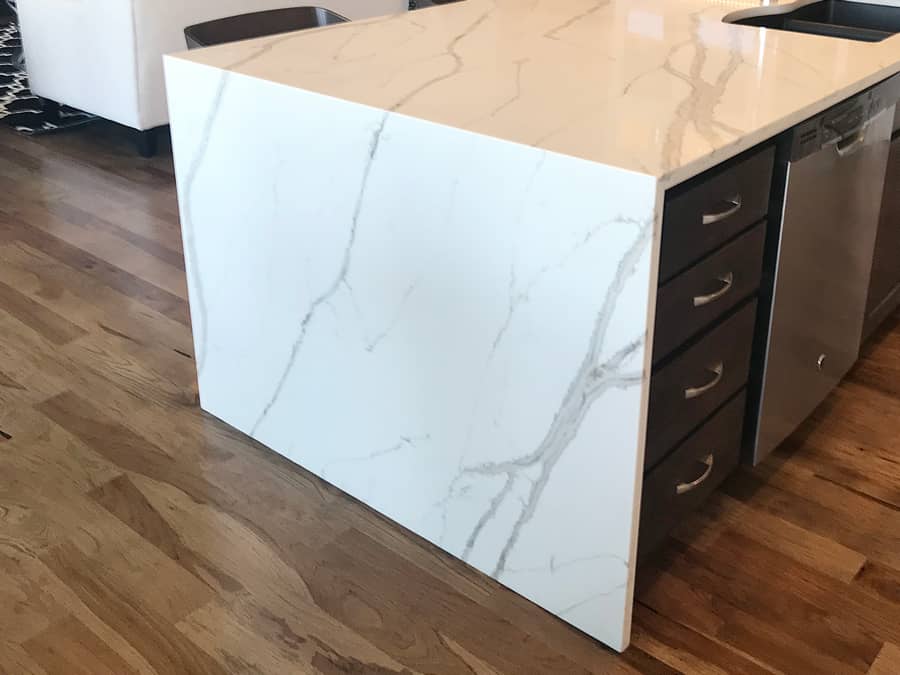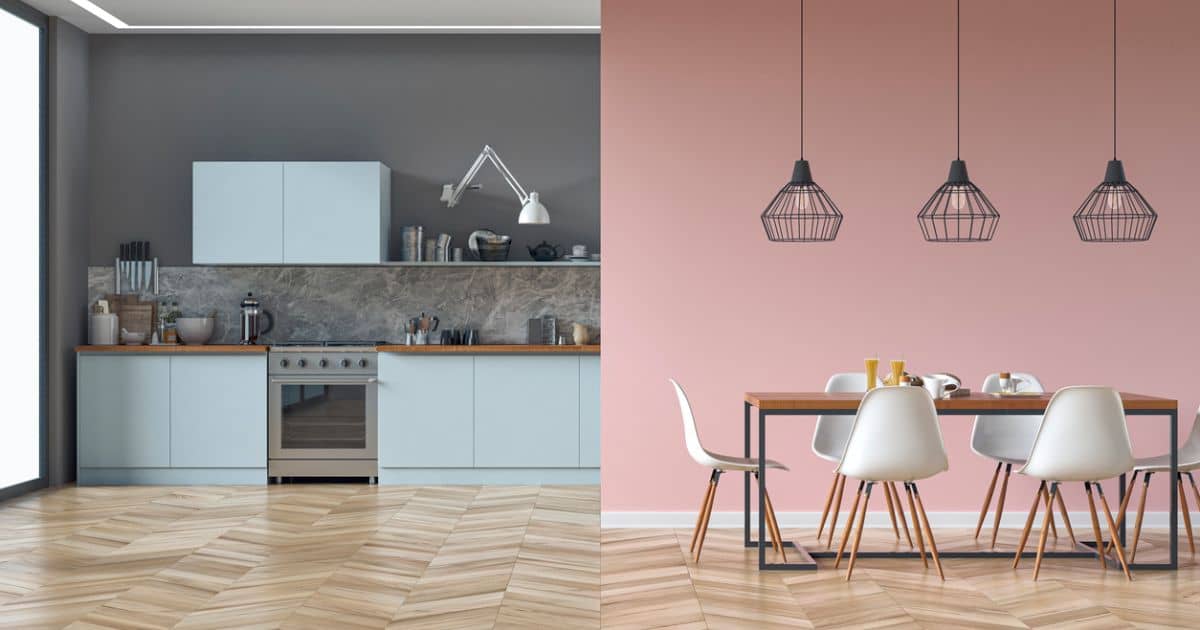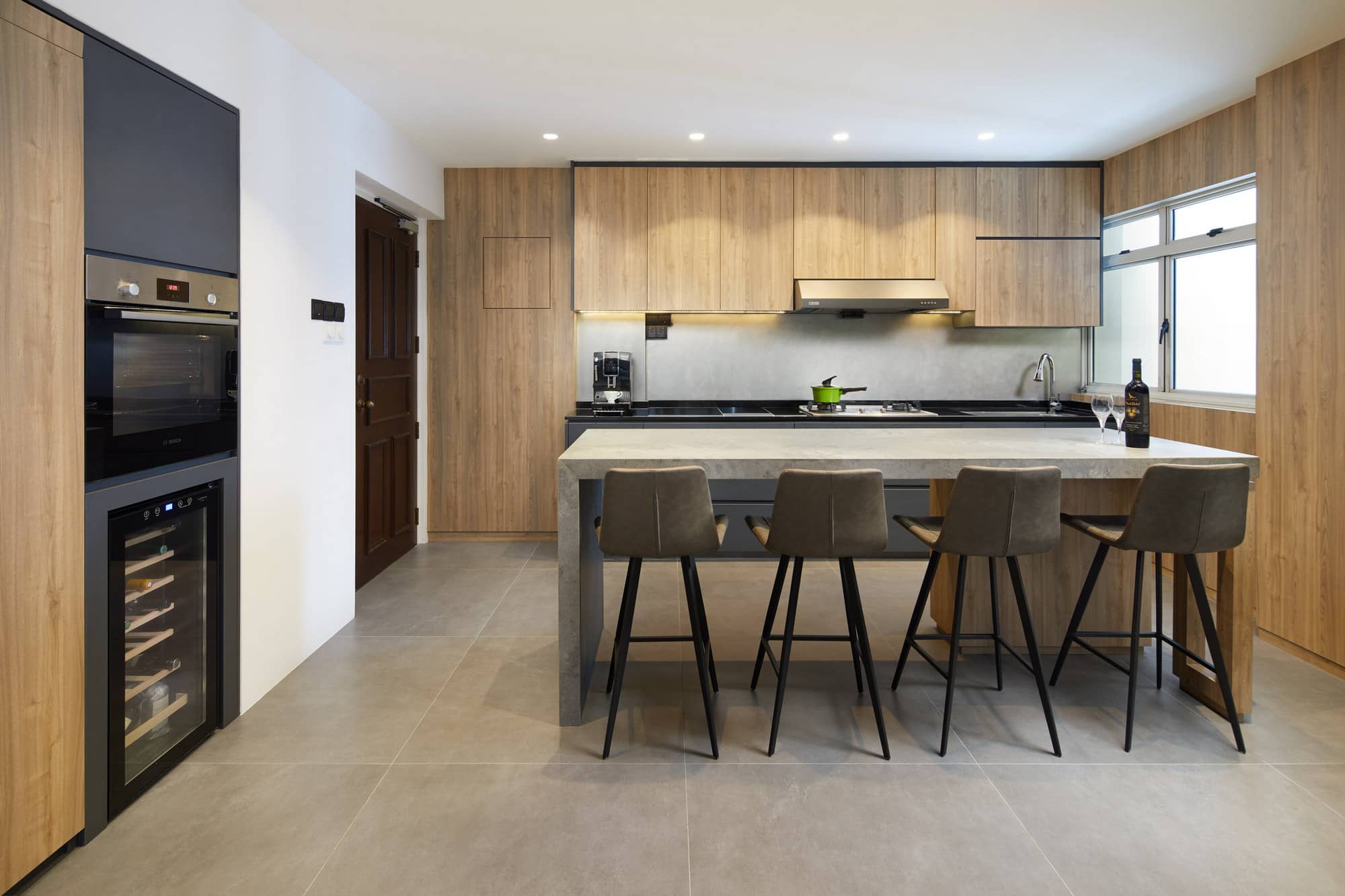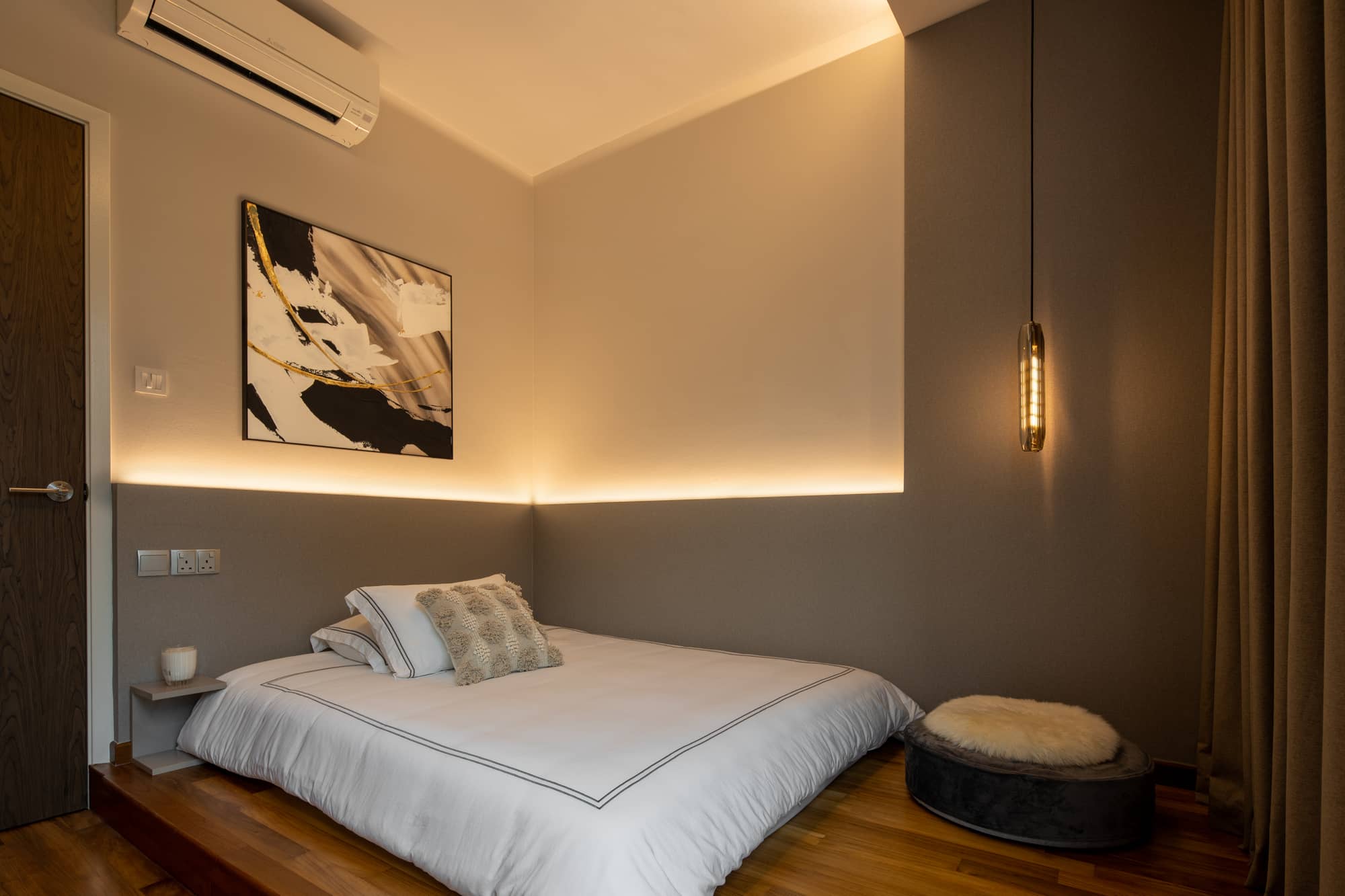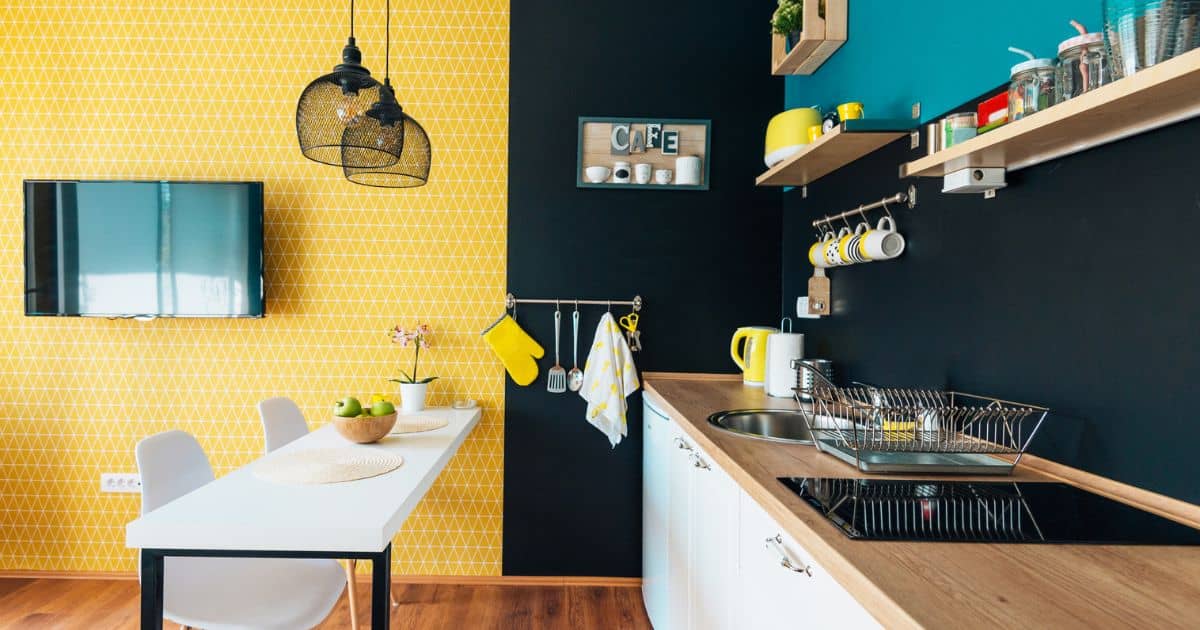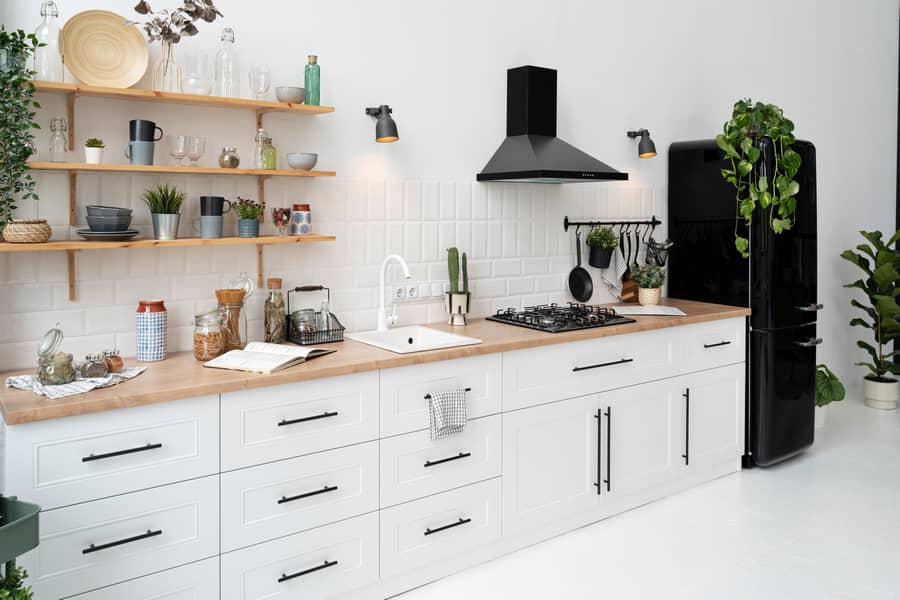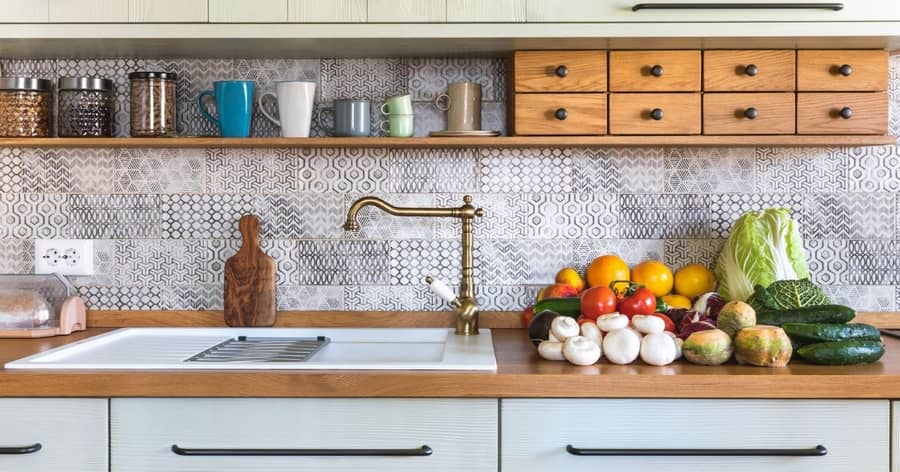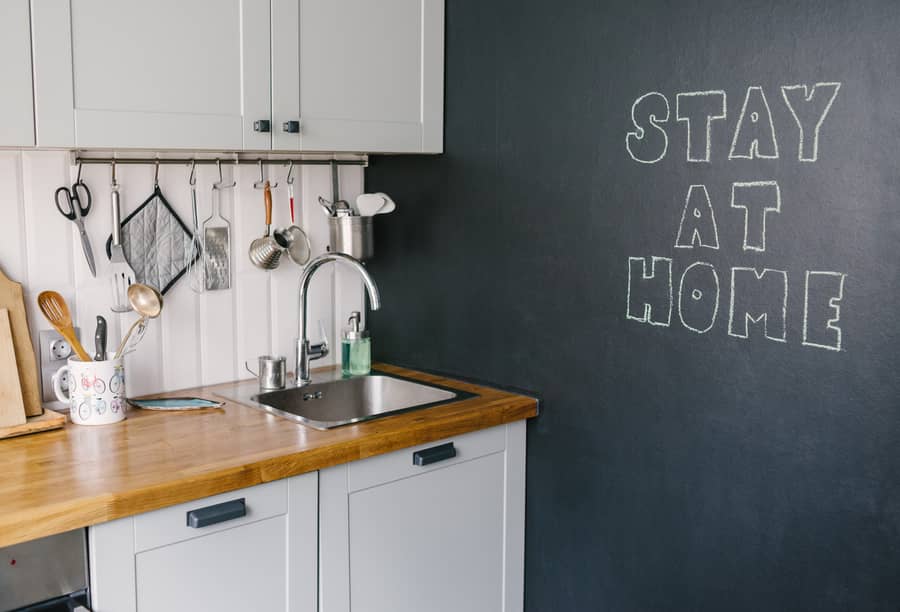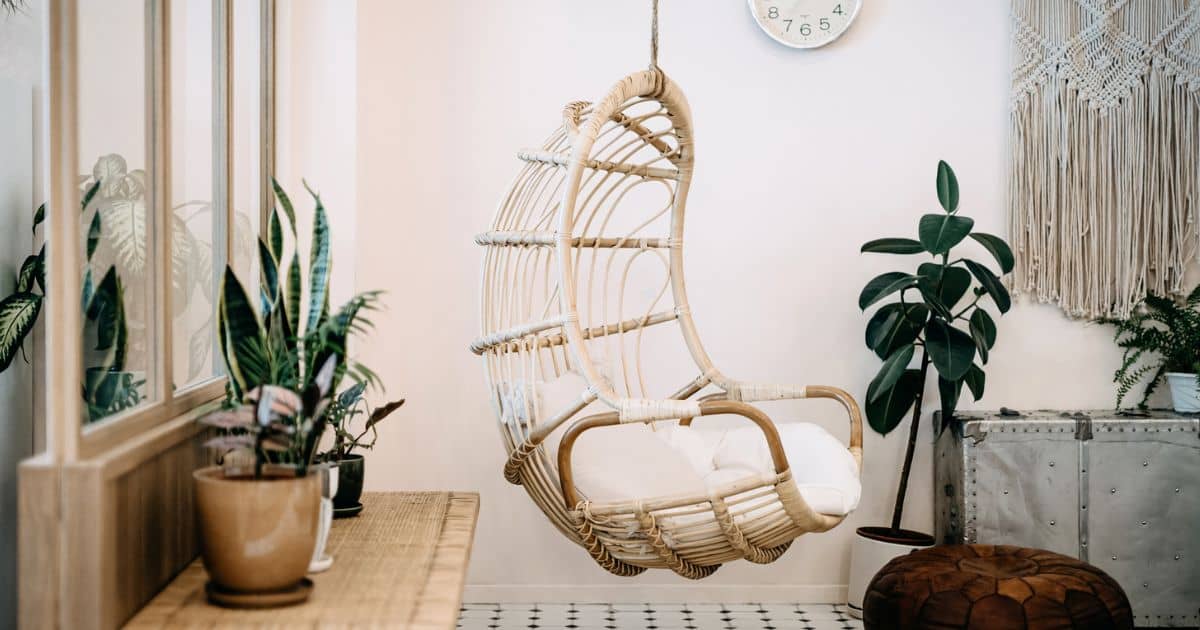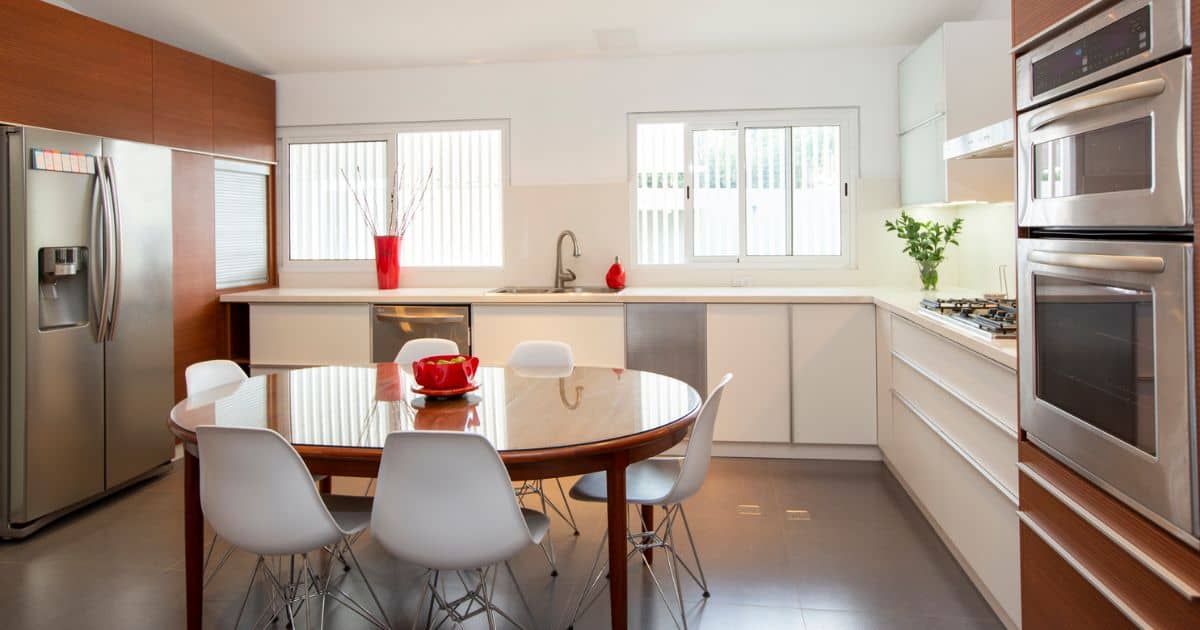So, you’re sold on the idea and you’re keen on executing a waterfall countertop. There are a few important things to keep in mind when working on such a kitchen element.
Choosing Materials
For a start, there are a few materials that work really well for the creation of a waterfall countertop.
The right material should look good, it shouldn’t be too heavy and it will need to be easy to sanitise. Granite, quartz and travertine are all excellent choices. The same applies to synthetic and engineered materials created to replicate the appearance of natural stone. Such materials are a lot lighter while also being tremendously durable. As such, they can make the extension easier to execute.
Luckily, there are also a few unorthodox choices that have become popular materials with the rise of the waterfall countertop trend. Concrete and wood are two such materials. Both of them can be sealed for easy cleaning. In addition, the materials can be employed for the execution of a DIY project. If you do a quick online search, you’ll come across numerous such projects that look good and super original.
Choosing the Fabricator
Next, you will need to choose the right fabricator to execute the waterfall countertop for you. Typically, such pieces are custom-made. They need to have specific dimensions in order to match the size and scale of your kitchen. You may also have additional requirements concerning the waterfall element, which is why a custom piece becomes necessary.
You’ll need to ask a few questions in order to come by the right fabricator. The stone cutting technique they employ is important. It’s also vital to ask about the types of materials that they work with and where stone is sourced from.
Functionality
Finally, decide if the countertop is going to have additional functions or if it’s just going to serve its main purpose. Some waterfall countertops double as islands and as such, they need to have enough space for seating. Alternatively, you may want to consider incorporating some cabinetry into the design to maximise the availability of storage space. If storage is a priority, you can cover the sides of the countertop partially, which creates a dynamic and fun design.
Waterfall countertops give you elegance and a ton of versatility. They’re perfectly matched to a modern kitchen interior. And they will work amazingly well in your home when executed right. Contact Home Guide now and our home interior design team will help you with design and conceptualization, our home renovation team will execute a beautiful kitchen that includes a waterfall kitchen counter top. We’ll make sure that the end result is cohesive, polished and personalised to meet every single preference you have for your living space.
